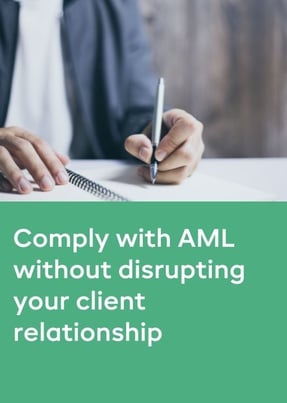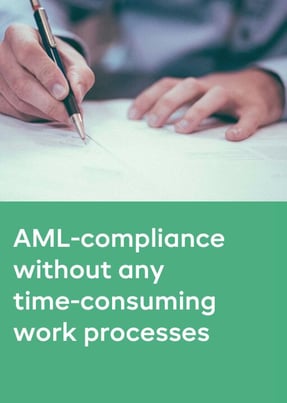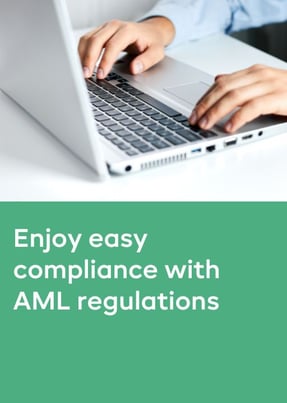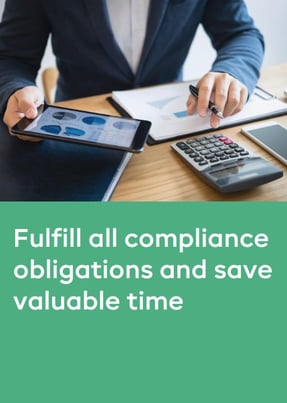- Products
- RegLab for ...
- Knowledge centre
Download the AML glossary >
 Discover the essential AML compliance terminology and gain instant access to a comprehensive guide
Discover the essential AML compliance terminology and gain instant access to a comprehensive guide - The company
Working at RegLab >
Join RegLab as the new Product Owner of our software tool and change the way the legal community approaches anti-money laundering.
There may not be any vacancies that perfectly match your profile, but that does not mean there is no room for someone who can improve RegLab.
- Book a demo
Are AML courses taken at your firm?
Question no. 5 from the supervisor
During an inspection, this question almost always arises: "Can you confirm whether you and/or other employees of the firm follow AML training courses? What is the frequency of such training, and when was the last session held?" The topic of AML training is therefore not one to be brushed aside during a visit. It is essential to give this matter the proper attention.
What is mandatory?
Any firm that falls under the Anti-Money Laundering Act is required to provide AML training to its staff at least once every two years. This applies to all individuals involved in the matter-handling process, including:
- Lawyers and partners
- Support staff, such as secretarial and administrative personnel
- Compliance officers and AML-responsible persons (who are required to follow AML training annually)
The objective is clear: anyone who works under the scope of the Anti-Money Laundering Act must understand how it works and why it matters. Training enables staff to identify risks, prevent mistakes, and improve awareness. That is why it is crucial for all employees to be familiar with AML procedures and obligations.
How should an AML training course be structured?
An AML course should ensure that employees:
- Understand how the Anti-Money Laundering Act works and why it is important
- Are up to date with the latest guidelines and internal procedures
- Can identify unusual transactions
- Know how to carry out a Client Due Diligence investigation properly and thoroughly
We recommend tailoring each training session using internal examples relevant to your firm. Align the content with the roles of the participants. For example, when training secretarial staff, focus on the practical aspects that are relevant to their responsibilities. Avoid excessive legal case law, and provide clear, actionable guidance alongside the necessary theory.
For lawyers, bear in mind that many find it difficult to determine whether a particular matter falls within the scope of the Anti-Money Laundering Act. Address this directly and clarify the relevant criteria. There are plenty of real-life examples available to support this.
Our advice: train annually and after each policy update
The supervisory authority will want to know exactly how frequently you provide training, what is covered in those sessions, and how you record this information. Therefore, we recommend:
- Providing training at least annually
- Organising additional training when internal AML policies are updated
- Always documenting the training content and the list of attendees
- Storing attendance records and certificates in a centralised location
This approach not only demonstrates compliance but also shows that your firm takes AML obligations seriously. And that is exactly what the supervisory authority expects to see.
Themed file: fully prepared for the supervisor’s audit
This article is part of a number of articles and downloads that will help you prepare yourself for the supervisor’s visit. This content is based on a supervisor's FAQs during an audit. Do you want to be 100% AML-proof and ready for the supervisor’s visit? Find all FAQs in our Knowledge Centre.





